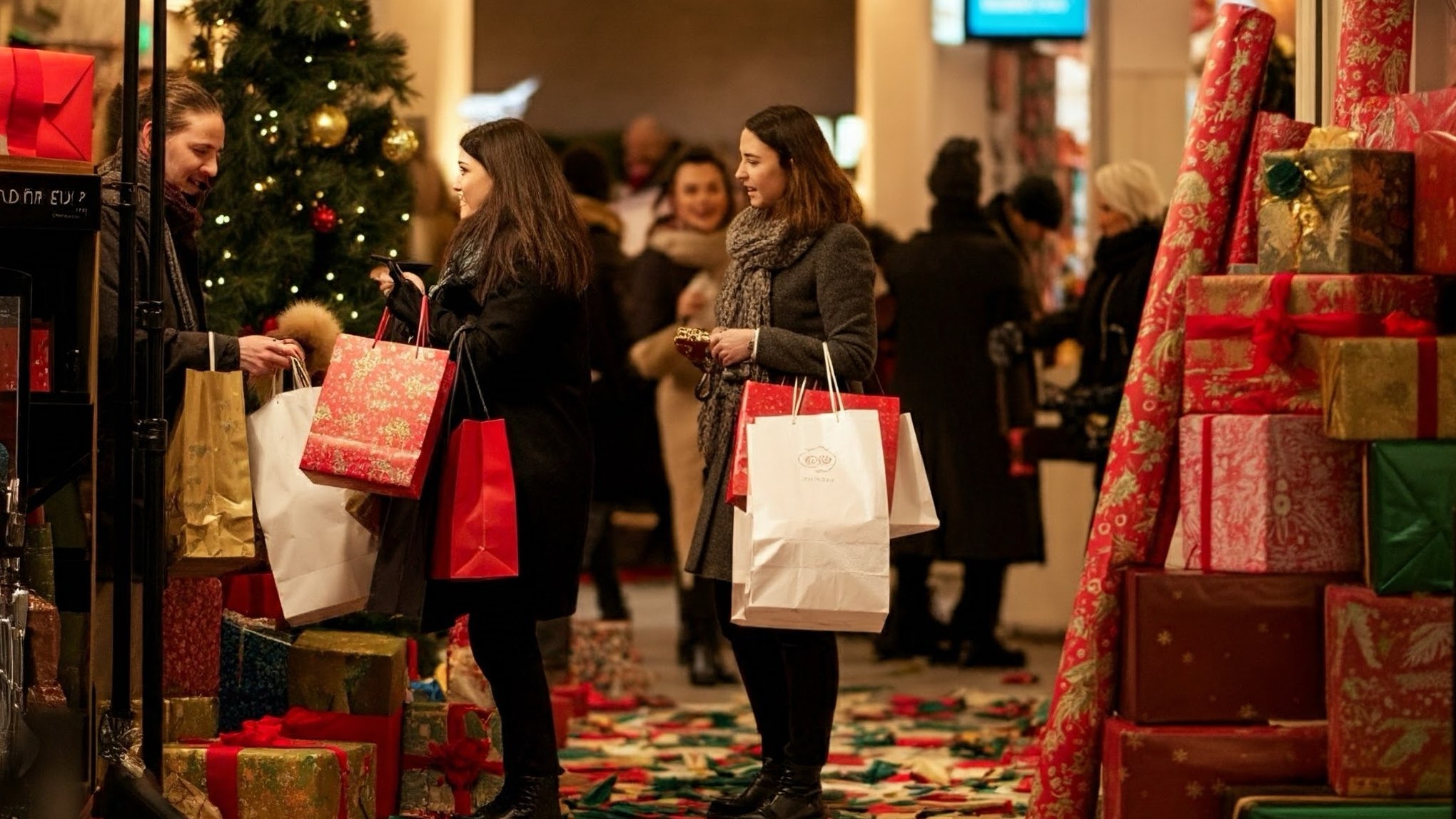The holiday spending season is nearly upon us, so it seems like a good time to look at some of the consumer items that may be added to or left off of holiday giving lists. We checked with some of the leading authorities on consumer spending to get their take on what’s fallen into and out of favor recently.
Believe it or not, green products are facing a popularity gap—specifically those that prioritize sustainability claims without offering clear value. Due to economic pressures, fewer consumers—especially younger ones—are willing to pay a premium for eco-friendly products, even though they still express interest in sustainability.
This trend has led to a decline in the popularity of high-priced sustainable products, particularly in categories like personal care and apparel, according to McKinsey & Co., a leading consulting firm.
Sustainable packaging, however, is very much “in” with consumers of all ages. Amazon and nearly all other retailers are rushing to come up with thinner, smaller shipping containers that at least appear to be more sustainable.
Niche kitchen gadgets, like mandoline slicers and some high-end specialty appliances, are seeing decreased consumer interest. While these items can be useful, they are often viewed as impractical or too specific, especially as consumers focus more on versatile and essential products during times of economic uncertainty.
The young and the old lead the pack
Cosumers leading the pack in spending at the moment tend to be both younger and older. Younger consumers are seen as nearly twice as optimistic as middle-aged ones, especially those in emerging markets in the Middle East, India, China and Mexico.
In the U.S. and most other Western nations, older consumers are often seen as living on fixed incomes that allow few luxuries but in fact, the majority of retirees have built major equity in their home and most have either pensions or IRA-type savings or both. They are able and ready to spend on luxuries for themselves and their families.
It’s the middle-aged, middle-income consumers who are feeling the pinch in the U.S. and other economies beset by stubborn inflation. You might think they would be tightening their belts, but McKinsey says they are just as ready to splurge as everyone else, although they may go into debt to do it, grumbling all the way.
The biggest risk for retailers is not that consumers will stop consuming but that they will be quicker to switch brands or stores to get what they see as the best deal on the best product. This weakening brand loyalty is spread across almost all democraphic groups, a change from the past when older consumers tended to stick with brands they had known for years.
Personalization and wellness
Demand for personalization is spreading fast. McKinsey reports that nearly 90% of consumers prioritize personalization as much or more than they did just a few years ago.
Deloitte reports that 1 in 5 people who want a personalized product are willing to pay 20% more for it.
Wellness has become a primary interest and is expected to hit $7 trillion in valuation by 2025.
More than half of Americans say wellness is a top priority in their lives. That’s up 8% since 2020. The concept of wellness encompasses several areas of consumer products: health, fitness, sleep, and appearance, just to name a few.
Quality not quantity
One trend that emerges from several studies is that consumers are reluctant to stint on quality but willing to cut back on quantity to ease price pressure.
This might mean giving a six-pearl necklace instead of a 12 or giving smaller bottles of perfume, body wash and the like. Or maybe even last year’s MacBook Air model.
Muddling through
All things considered, most analysts expect this year’s holiday season to be much the same as last year’s despite the distractions of the Presidential election, Middle East turmoil, inflation and growing fears of long-term climate change effects. Normal, in other words.
“Consumers have gained spending power with wage growth higher than inflation, especially goods inflation,” said Dana Telsey, CEO and chief research officer of Telsey Advisory Group, citing a pattern from recent months that has continued into September.
The economy added 254,000 jobs in September, pushing the unemployment rate down slightly to 4.1%, and average hourly earnings rose 4% year over year, according to the U.S. Bureau of Labor Statistics, again beating inflation, Telsey noted.










